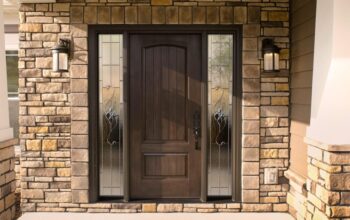Do I Need a Permit to Build a Wheelchair Ramp?
When improving home accessibility with a wheelchair ramp, many homeowners wonder about permit requirements. The short answer is: it depends on your location, but in most cases, yes—you will need a permit to build a wheelchair ramp on your property.
Understanding Wheelchair Ramp Permit Requirements
Local building departments typically require permits for wheelchair ramps to ensure they meet safety standards and building codes. According to CJ Mobility, a leading provider of accessibility solutions, most jurisdictions classify ramps as structural additions to your home, making permits necessary.
Permit requirements serve several important purposes:
- Ensuring the ramp meets ADA guidelines for slope, width, and weight capacity
- Verifying structural integrity and safety
- Confirming the ramp doesn’t encroach on property lines or public right-of-ways
- Protecting future homeowners and property values
When Permits Are Typically Required
You’ll generally need a permit when:
- Building a permanent ramp attached to your home
- Installing a ramp that exceeds certain height thresholds (usually 30 inches)
- Creating a ramp that alters your home’s entry or exit paths
- Building a ramp that extends beyond your property line
Potential Exemptions
Some situations may qualify for permit exemptions:
- Temporary or portable ramps that aren’t permanently attached
- Small threshold ramps (typically under 6 inches in height)
- Certain modular aluminum ramps that don’t require structural changes
However, CJ Mobility emphasizes that checking with local authorities is essential even for seemingly exempt projects.
How to Obtain Wheelchair Ramp Permits
The permit process typically involves:
- Contacting your local building department
- Submitting detailed plans showing dimensions, materials, and location
- Paying applicable fees (often reduced or waived for accessibility modifications)
- Scheduling necessary inspections
Many homeowners find working with experienced accessibility contractors like CJ Mobility beneficial, as they’re familiar with local requirements and can often streamline the permit process.
Conclusion
While permit requirements for wheelchair ramps may seem like an added hurdle, they ultimately ensure the safety and functionality of these essential accessibility features. According to CJ Mobility, properly permitted ramps not only provide safe access but can also enhance property values and prevent potential legal issues. Before starting any ramp project, take time to research local requirements or consult with accessibility specialists who can guide you through the permit process. The small investment in proper permitting pays dividends in safety, compliance, and peace of mind.




